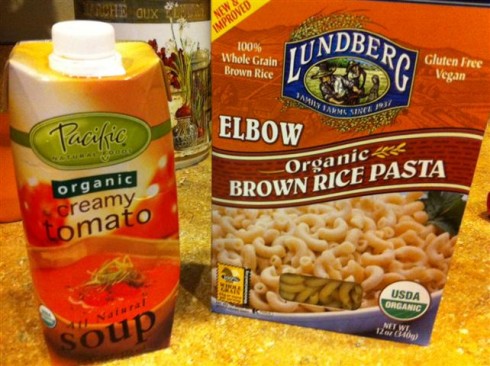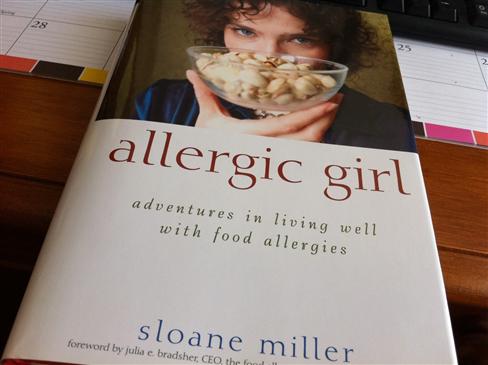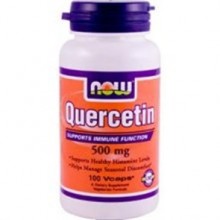I’ve shared the recipe before for my ultimate comfort food, homemade Mac ‘n Cheese. That has to be one of the recipes that I miss the most since discovering my wheat allergy. Obviously, the macaroni is not allowed because it is made from wheat flour. But would you believe that regular tomato soup contains all three of my enemies… wheat, soy, and corn (high fructose corn syrup)?!
I’m proud to say that I have fallen in love with this yummy meal all over again now that I have found new ingredients to substitute with. The only down side is that with these organic ingredients, it is no longer the $3 meal it once was.
I combined and baked:
Six large handfuls of rice pasta (very precise measurement)
One container of creamy tomato soup (16 oz)
Half a bag of shredded cheddar cheese (1 cup)
A little pepper to taste
Although it was not quite as good as the original, I’m more than happy with my replacement. I was a little surprised that all that cheese didn’t bother my stomach. I really wanted to go for the leftovers the next day, but I knew that would be pushing it on my milk tolerance. Now I’ve started looking through some of our other old favorite recipes to see how they can be reinvented.





